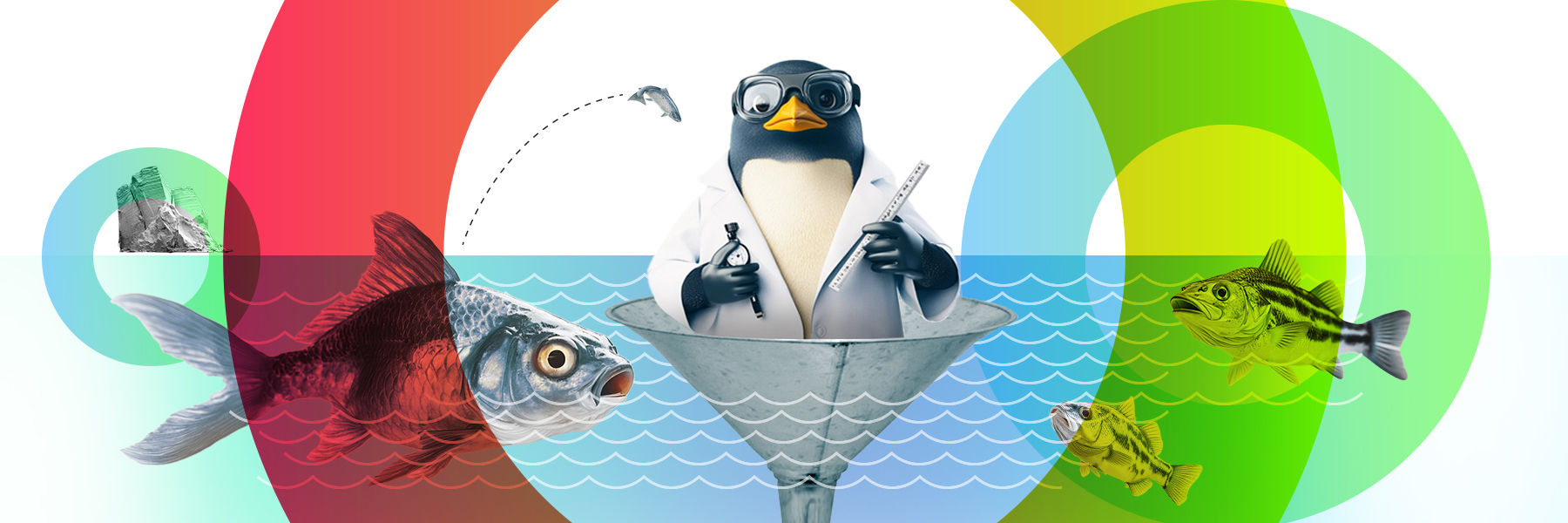
Rethinking Demand Generation: The 2025 CMO Playbook
TL;DR: Demand Isn’t Dead. It’s Just Hiding from Bad Process.
Welcome to what one of our Huddlers brilliantly dubbed “the blanket-of-caution economy.”
B2B buyers are faster, more skeptical, and increasingly self-sufficient. The old playbooks—flood the funnel, score MQLs, hand off to sales—aren’t producing results.
Insights from TrustRadius, Boomerang (and Repititos), ZoomInfo, and CMO Huddles reveal what’s working now—and where to reboot. The result? A field guide to what’s actually working—and why the old playbook is failing.
1. Fix the Foundation: Your Data Is a Liability
The average customer contact database (CCD) health score? A dismal 47%. More than half of B2B companies haven’t updated their CCD in six months—or ever.
As Pamela Parker noted in Boomerang’s State of CCD report, the companies that win will treat data hygiene as a “strategic, ongoing commitment,” not a sporadic clean-up project.
Bad data isn’t just an operational issue. It erodes every layer of your funnel—from outreach to renewal. It’s the reason why AI fails, why campaigns underperform, and why outbound feels like shouting into the void.
To-Do:
- Assign CCD ownership cross-functionally
- Tie enrichment to GTM motions
Activate alumni contact programs (only 12% of companies have formal programs for contacts who left employers, yet they can be gold mines)
2. Prioritize Self-Serve, Not Sales Serve
Buyers aren’t looking for tours—they want tools, transparency, and autonomy. TrustRadius’s B2B Tech Buying report showed just how self-directed B2B buying has become:
- 52% of buyers say prior experience is their #1 decision input
- Only 13% say a demo “blew them away”
- AI skepticism fell from 68% → 45% in one year
To-Do:
- Launch website-based product exploration tools (like Webless.ai and Salespeak.ai)
- Add pricing or at least pricing guidance
Create modular content for AI summarization (Remember: 90% of buyers who see AI-generated summaries click through to cited sources.)
3. Choose Quality Over Quantity (for real this time)
The MQL obsession is officially over. Companies are finally waking up to conversion reality: more leads often means more of the same low-converting prospects clogging your pipeline.
As one Huddler put it: “MQLs are problematic… folks are trying to figure out how to get fewer leads—fewer, better leads.”
To-Do:
- Track conversion quality at each funnel stage
- Weekly demand gen + sales alignment meetings
- Ditch vanity metrics for outcome-based KPIs
4. Don’t Pitch Spend—Pitch Displacement
In this economy, few CFOs are greenlighting net-new spend. But they will approve reallocation—especially when the ROI is crystal clear. As one Huddler put it, “It’s not about getting more budget. It’s about showing smarter use of what we already have.”
To Do:
- Reframe your pitch as: “Invest in this → reduce spend on that”
- Align with sales around outcome-based metrics, not just activity
- Use customer stories that show ROI in <90 days
- Connect to CFO logic, not just user pain
5. Prove Value in 120 Days (Or Less)
Buyers want proof, not promises. As one CMO explained: “We’re having to construct a really heavy data-intensive story early in the process to say, ‘Hey, you cannot ignore this. And here’s how we can get you value in 120 days.'”
The “trust us, it’ll pay off eventually” era is dead.
To-Do:
- Create 90-day value realization case studies
- Use prospect data to build narratives around “speed-to-value”
- Lead with time-to-value, not feature lists
6. Share the Stage (And the Costs)
Collaborative events with complementary vendors are having a moment. As one CMO shared: “I’ve been seeing companies doing 3-4 hour events together… Very smart events. Good speakers, workshops, roundtables.”
Why go it alone when you can split costs and multiply value?
To-Do:
- Identify 2-3 complementary (non-competing) vendors
- Co-host educational events, not sales pitches
- Share attendee lists and follow-up responsibilities
Bonus: Your Current Customers Are Your Best Investment
The COVID/recession playbook still works: “The one thing that great companies did at the beginning of COVID is they called every customer… ‘How are you doing? How can I help?'”
The ROI? “The more we gave away, the more we ended up getting.”
To-Do:
- Schedule quarterly “How can we help?” calls
- Create customer-only resource libraries
- Facilitate peer-to-peer problem-solving
A few more quick signals from Huddles:
- Bing is outperforming Google in construction, manufacturing, and gov-tech
- Clay = flexible, cost-effective alternative to enterprise intent platforms
- Cross-sell ≠ upsell – treat them as distinct GTM motions
- Interactive demos > free trials for buying intent detection
- AI won’t replace teams—but it will flatten bloated org charts
Want in on conversations like these? Join CMO Huddles to find out how.